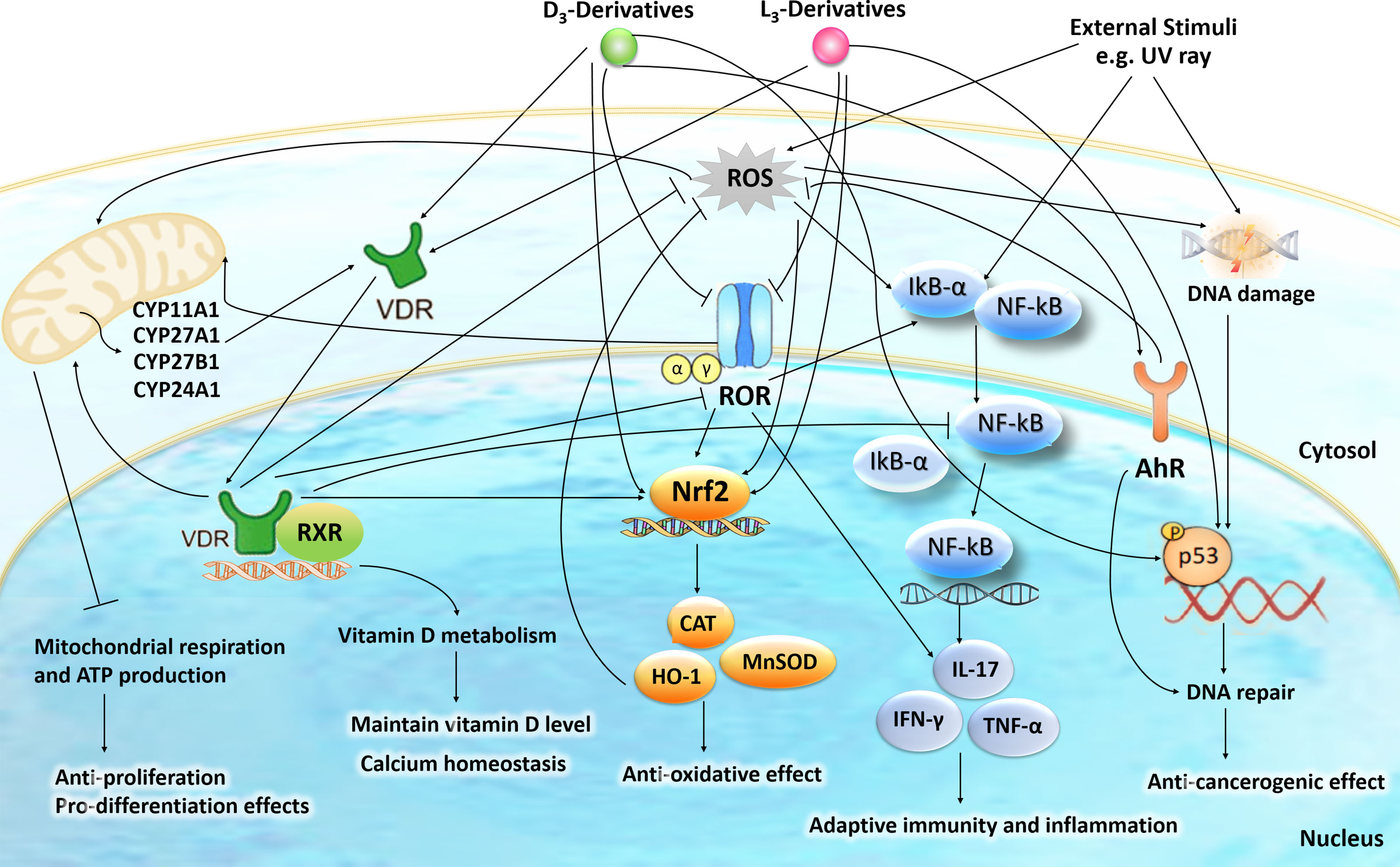 The Importance of VDR Polymorphisms in COVID-19 Severity
The Importance of VDR Polymorphisms in COVID-19 Severity
Vitamin D, a crucial nutrient for the body, has been a topic of interest in relation to COVID-19. Studies have shown that the severity of COVID-19 can vary greatly, ranging from mild symptoms to severe pneumonia or even death. It has been suggested that individuals with severe cases of COVID-19 may be more susceptible to deficiency in vitamin D. Interestingly, serum vitamin D levels may not have a significant impact on the severity of the disease. Instead, it is believed that vitamin D produced by the lungs plays a role in controlling immune responses and may affect the severity of COVID-19.
VDR polymorphisms, which are genetic variations in the vitamin D receptor gene, have been found to influence immune responses. Patients with VDR polymorphisms who contract COVID-19 often report symptoms such as dyspnea, kidney impairment, and hypertension. Additionally, variations in vitamin D levels have been linked to respiratory infections. Understanding these genetic variables could be instrumental in developing effective treatment plans, identifying individuals at risk, and guiding future research on COVID-19 management.
Analyzing VDR Polymorphisms in Moderate and Severe COVID-19 Patients
To further explore the relationship between VDR polymorphisms and COVID-19 severity, a study was conducted using patients from the ongoing Isfahan COVID Cohort (ICC). A total of 176 COVID-19 patients were included in the study, with 91 non-hospitalized patients and 85 hospitalized patients. Convenience sampling was used to select eligible patients who were at least 19 years old and had positive RT-PCR findings.
The hospitalized patients were categorized as moderate or severe cases based on the World Health Organization’s criteria, while the non-hospitalized patients were asymptomatic. The study was authorized by the National Institutes for Medical Research Development (NIMAD) in Tehran, Iran, and all subjects provided written informed consent.
Data on lifestyle, socioeconomics, demographics, and medical records were collected through interviews conducted by experienced health center interviewers. Blood samples were taken to extract DNA, which was then analyzed for VDR gene polymorphisms using ARMS PCR and Sanger sequencing. Statistical analysis was performed using various tests and regression techniques.
Findings and Implications
The study revealed that the hospitalized group had lower mean ages and waist circumferences compared to the non-hospitalized group, but they also exhibited lower levels of physical activity. Additionally, the hospitalized group had higher rates of hypertension and diabetes mellitus but fewer current smokers compared to the non-hospitalized group.
Among the VDR gene polymorphisms studied, the TT genotype of rs11568820 was found to be significantly less common in the hospitalized group (3.5%) compared to the non-hospitalized group (17.6%). This genotype remained inversely linked to COVID-19 hospitalization even after adjusting for coronary heart disease, smoking, and body mass index. On the other hand, no significant differences were observed for the other VDR gene polymorphisms studied.
It is important to note that this study focused on the distribution of VDR SNPs across different COVID-19 severity levels, which is a unique perspective that has not been extensively explored in previous studies. However, the study’s descriptive nature limits its ability to establish causation between COVID-19 severity and VDR polymorphisms. Furthermore, the absence of serum vitamin D level measurements and immunological factor information hinders a comprehensive interpretation of the results.
To validate these findings and gain a deeper understanding of the role of VDR polymorphisms in COVID-19 severity, larger and more comprehensive studies involving diverse patient groups are needed. Nevertheless, the present study successfully identified the TT genotype of rs11568820 as a protective factor against severe COVID-19 strains. This knowledge of genetic predispositions can potentially contribute to the development of customized treatment plans in the fight against COVID-19.

